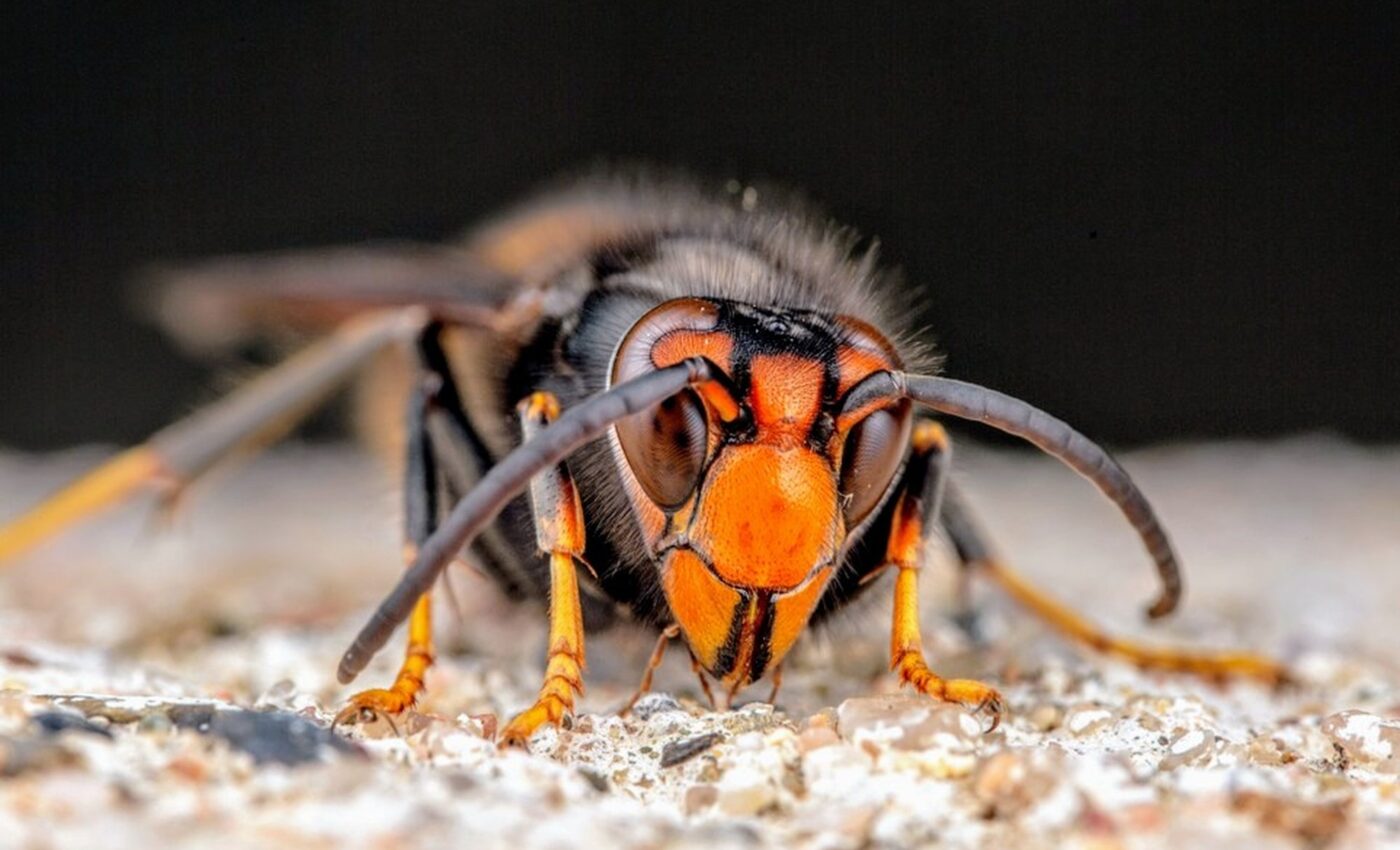
AI detection system quickly identifies invasive species
A team of researchers led by the University of Exeter has recently developed an AI system, VespAI, for the rapid detection of invasive Asian hornets. This system entices hornets into a monitoring station and captures images for analysis with an overhead camera.
VespAI boasts a remarkable ability to identify the Asian hornet species with nearly flawless precision, enabling a quick response to prevent their spread.
Urgency for efficient monitoring systems
Asian hornets, also known as yellow-legged hornets, have spread across Europe and Asia and have been sighted in the U.S. states of Georgia and South Carolina. The urgency for efficient monitoring systems is heightened by the UK’s position at the forefront of the hornets’ European invasion path.
“Our goal was to develop something cost-effective and versatile, so anyone – from governments to individual beekeepers – could use it,” said Thomas O’Shea-Wheller, an expert in collective behavior and sociobiology at Exeter. “This study tested a prototype version, and the results were encouraging. VespAI shows promise as a robust early warning system to detect Asian hornet ingressions into new regions.”
Accurate surveillance capabilities
VespAI operates on a compact processor, activating only when detecting an insect of hornet-size dimensions. Its AI algorithm then assesses whether the insect is an invasive Asian hornet or the native European variety. Upon identifying an Asian hornet, the system issues an image alert for user verification.
“Unfortunately, the majority of reports submitted are misidentified native species, meaning that the responsible agencies have to manually validate thousands of images every year – our system thus aims to provide a vigilant, accurate, and automated surveillance capability to remediate this,” said Peter Kennedy, a behavioral ecologist at Exeter.
Traditional detection methods
Moreover, traditional detection methods in Europe often involve traps that indiscriminately kill many native insects without significantly affecting Asian hornet populations. VespAI stands out by sparing non-target insects, facilitating the live capture of hornets for nest tracking. Kennedy highlighted the environmental and operational benefits of this approach:
“VespAI does not kill non-target insects, and thus eliminates the environmental impact of trapping, while ensuring that live hornets can be caught and tracked back to the nest, which is the only effective way to destroy them.”
Reliable detection algorithm
The device underwent rigorous testing on the island of Jersey, close to France, a hot spot for Asian hornet incursions. Despite being exposed to a mix of Asian and European hornets, as well as other insects, VespAI’s detection algorithm accurately differentiated among them.
“That’s the benefit of our system – its high accuracy means that it won’t wrongly identify other species, or miss any Asian hornets that visit,” said O’Shea-Wheller.
Powerful tool for Asian hornet detection
Plans are in place to deploy additional prototypes in partnership with various UK organizations, aiming to strengthen defense against the rising Asian hornet threat.
“The proposed device may prove a powerful tool in the early determination of the presence of Asian hornets in an area, and thereby fills an important gap,” concluded Alistair Christie, a Senior Scientific Officer for Invasive Species in Jersey.
More about Asian hornets
The Asian hornet, also known as Vespa velutina, is a species of hornet indigenous to Southeast Asia. It has become infamous as an invasive species in various parts of the world, including Europe and North America, due to its significant negative impacts on local ecosystems and human activities.
Predatory species
One of the most concerning aspects of the Asian hornet’s presence outside its native range is its predation on honeybees and other pollinators. This species is particularly adept at hunting and killing bees, which can lead to devastating losses for bee populations and, by extension, the pollination services they provide to both wild flora and agricultural crops.
Distinctive appearance
The Asian hornet is easily recognizable by its distinctive appearance, which includes a dark brown or black body with a yellow or orange band on the fourth segment of its abdomen and yellow-tipped legs. Adults can reach up to 3 centimeters in length, making them quite a bit larger than many native European and North American bee species, which can exacerbate their impact as predators.
Detection and mitigation
Efforts to control and mitigate the spread of Asian hornets have included a variety of strategies, from the setting of traps to the destruction of nests. These measures require significant effort and resources, as the hornets’ nests are often large, well-hidden, and can be located high up in trees.
Public awareness and reporting of sightings are also critical components of controlling the spread of this invasive species, as early detection can greatly increase the chances of successfully eliminating nests before Asian hornets can establish a strong presence in a new area.
Introduction
The introduction of Asian hornets to non-native regions is believed to have occurred through human activities, such as the transport of goods in which the hornets or their nests were inadvertently included. Once established, they can spread rapidly, outcompeting native species for resources and further endangering the ecological balance and biodiversity of the areas they invade.
The ongoing battle against the Asian hornet is a stark reminder of the challenges and complexities involved in managing invasive species and protecting native ecosystems.
The study is published in the journal Communications Biology.
—–
Like what you read? Subscribe to our newsletter for engaging articles, exclusive content, and the latest updates.
Check us out on EarthSnap, a free app brought to you by Eric Ralls and Earth.com.
—–













